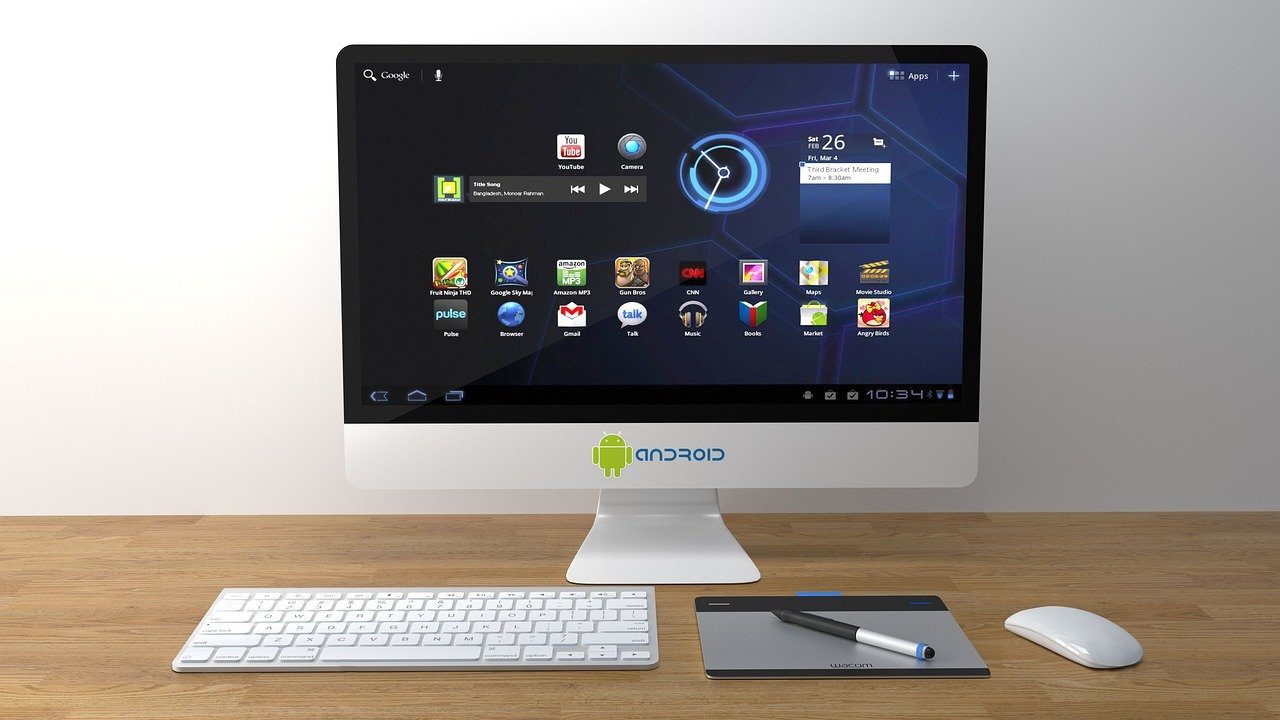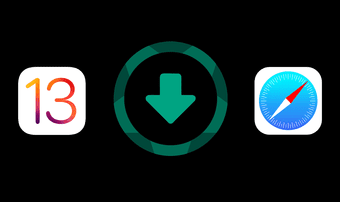I’m going to talk about a nifty workaround that will let you switch the default iPhone backup location, either to an external storage drive or to another internal directory on your Mac. So tighten your seat belts, and let’s get started.
Changing iPhone Backup Location on Mac
Starting macOS Catalina, it’s the Finder app and not iTunes that backs up your iPhone to the Mac via USB or Wi-Fi. Backups are stored in a hidden location of your user profile, specifically inside a folder labeled Backup, which in turn is located within another folder named MobileSync. To switch backups to another location, you must use a workaround that involves symbolic links (or symlinks). A symlink lets you create a dummy folder that points to another location. The folder which will look like a shortcut becomes a ‘wormhole’ where anything that gets copied to it appears within the location that it points at. Sounds cool, right? That means we are going to ‘trick’ Finder into taking a backup of your iPhone to the location of your choosing, be it to an external storage drive or a different internal directory. And the following steps will show you how. In brief, you will start by copying existing backups to the new location, and then create the symlink that ‘connects’ the default iPhone backup folder to the new location using Terminal. The entire process is quite lengthy and involves going through many steps, including providing Terminal the required permissions to create symlinks, so do pay close attention. Note: Before you get started, consider creating an iCloud backup of your iPhone, just so that you have an additional backup to fall onto in case something goes wrong. Step 1: Open Spotlight (press Cmd+Space), type in the following path, and then press Enter: A Finder window will open the MobileSync folder, which in turn contains the Backup folder that stores your iPhone (and iPad) backups. Step 2: Right-click the Backup folder, and then click Copy “Backup.” Step 3: Open a fresh instance of Finder, and then navigate to the location that you intend to use as the new storage location for iPhone backups. It can be to an external drive, or another directory within the internal storage drive of your Mac. Once you are there, right-click a vacant area, and then select Paste Item. I’m going to choose the root of an external drive named “Files” as my preferred location. Step 4: Wait for the Backup folder to copy over to the new location completely. It can take a while depending on the size of your previous backups. Step 5: Switch back to the previous Finder window that opened into the MobileSync directory in Step 1. Then, right-click the Backup folder inside it, and then select Rename. Step 6: Rename the folder to Backup.old. Note: You can delete this folder, but it’s best to hold onto it for now in case something goes wrong. Step 7: Open the Apple menu, and then select System Preferences. Step 8: Click the tile labeled Security & Privacy. Step 9: Click the ‘Click the lock to make changes’ option to the lower-left corner of the screen. Go through the required authentication process to enable changes to be made to your Mac’s privacy settings. Step 10: Scroll down the left-hand menu, select Full Disk Access, and then click the ‘+’-shaped icon, as shown below. Step 11: Click Utilities, click Terminal, and then click Open. After adding Terminal to the Full Disk Access list, exit the Security & Privacy window. Step 12: Open another fresh instance of Finder, open the Go menu, and then click Utilities. Step 13: Double-click Terminal. Step 14: Insert the following command into Terminal after making the adjustments listed further below:
Modify the ‘/Volumes/Files/Backup/’ portion of the command above with the actual path of the location that you copied the Backup folder to earlier. For example, if the folder was copied into a folder called iPhone, which in turn was located in a volume or drive called Vault, the folder path should look like ‘/Volumes/Vault/iPhone/Backup/’.
Tip: If you are unsure about the exact folder path that leads to the Backup folder, simply open it in Finder, go to View (on the menu bar), and then click Show Path Bar. You will then see the entire path to the bottom of the Finder window.
If any name (of a volume, external drive, or folder) within the folder path consists of two words or more, you must use a backward slash followed by a single space between the words. For example, if the name of the external drive that I copied the Backup folder to was My Files, the folder path should look like ‘/Volumes/My\ Files/Backup/’.
Once you’ve executed the command, the symbolic link should be active and functional. Step 15: Revisit the MobileSync folder from Step 1, and you should see a shortcut folder labeled Backup located within it. You can test if the symlink works properly by double-clicking this folder. Do that, and you will be whisked away to the actual Backup folder within the new location. Everything looks fine? Then you are ready to start backing up your iPhone to the new location. Step 16: Connect your iPhone (or iPad) and then perform a backup. It should seamlessly back up to the Backup folder in the new location. Once a successful backup is performed, you can safely delete the Backup.old folder (the one that you renamed earlier) within the MobileSync directory. Quite useful if you want to free up space on your Mac. If you shifted locations to an external drive, just remember to have it connected whenever you perform a backup. Otherwise, the symlink will fail to work. Note: In case you want to shift iPhone backups to their older location, later on, it’s just a matter of removing the symbolic link that you created in the steps above. Navigate to the MobileSync folder, and delete the Backup shortcut folder. Afterward, copy the Backup folder (from wherever it is that you copied it to earlier) back into the MobileSync folder. Subsequent backups will then occur to the original location once again.
Take a Backup
With the help of symlinks, it’s more than possible to back up your iPhone to another location on your Mac. Yes, the whole process looks tedious and complicated. But trust me, it isn’t. Just make sure to follow the steps above closely, and you should have no trouble shifting locations. In case you have any questions, do drop in a comment and let me know. Next up: Have a PC? Here’s how to shift the iPhone backup location on Windows 10. The above article may contain affiliate links which help support Guiding Tech. However, it does not affect our editorial integrity. The content remains unbiased and authentic.
























